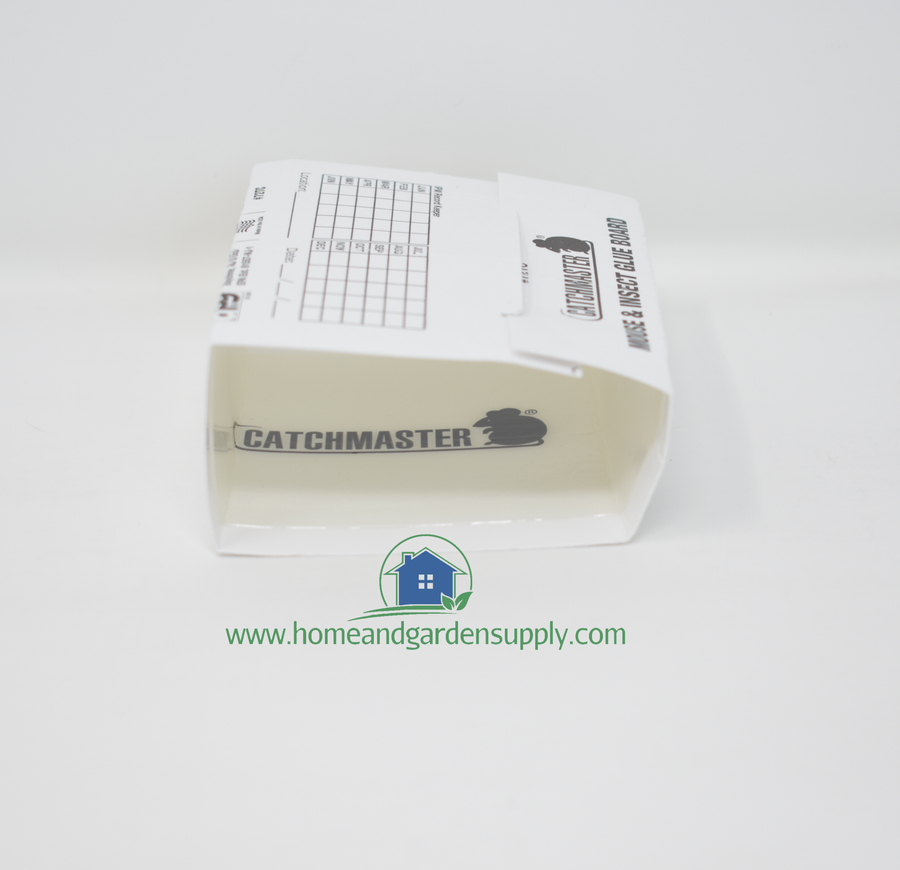
Effective Strategies with Glue Traps, Snap Traps, and Live Catch Traps
Introduction:
Mice infestations can be a persistent problem in homes, and effective eradication often requires a combination of methods. This comprehensive guide focuses on the use of three common types of traps: Glue traps, Snap traps, and Live Catch traps.
Each method has its own advantages and considerations, and understanding how to use them effectively can contribute to a successful mouse elimination strategy.
I. Understanding the Types of Traps:

Glue Traps:
● Glue traps consist of a sticky surface that immobilizes mice upon contact. They generally are not reusable, however are more "humane" and "non-lethal" than other traps.
● They are non-toxic and safe for use in homes with children and pets.
● Effective in areas with low to moderate mouse activity.
https://homeandgardensupply.com/collections/glue-traps-for-mice

Snap Traps:
● Snap traps are traditional, spring-loaded devices designed to quickly kill mice.
● They are cost-effective and widely available, as well as being reusable.
● Snap traps are suitable for areas with moderate to high mouse activity.
https://homeandgardensupply.com/collections/snap-traps-for-mice

Live Catch Traps:
● Live catch traps capture mice alive, allowing for humane release.
● Suitable for those who prefer non-lethal methods.
● Effective in areas where you want to avoid the mess associated with kill traps.
https://homeandgardensupply.com/collections/live-catch-traps-for-mice
II. Proper Placement of Traps:
Identifying High Activity Areas:
● Inspect for signs of mouse activity, such as droppings, gnaw marks, and nesting
materials.
● Pay attention to areas near food sources, along walls, and in secluded corners.
Glue Traps Placement:
● Position glue traps along known mouse pathways.
● Place traps against walls where mice are likely to travel.
● Avoid placing glue traps in areas with dust or debris, as this can reduce their
effectiveness.
Snap Traps Placement:
● Set snap traps perpendicular to the wall with the bait facing the wall.
● Position traps in areas of high mouse activity, such as along baseboards or near
entry points.
● Use multiple traps for increased efficacy.
Live Catch Traps Placement:
● Position live catch traps along mouse runways or in areas where you've observed
activity.
● Place traps against walls or in corners, ensuring they won't be knocked over easily.
● Consider baiting live catch traps with a small amount of peanut butter or seeds.
III. Effective Baiting Techniques:
Glue Traps Baiting:
● Glue traps don't require bait, but placing them strategically along mouse pathways increases their effectiveness.
● Consider adding a small amount of nesting material or food near the trap to entice mice.
Snap Traps Baiting:
● Apply a small amount of bait, such as peanut butter or chocolate, to the trigger plate.
● Use just enough to attract mice without allowing them to easily steal the bait.
Live Catch Traps Baiting:
● Use enticing bait, such as peanut butter or seeds, to attract mice into live catch traps.
● Ensure the bait is placed in a way that forces the mouse to step onto the trigger
mechanism.
IV. Monitoring and Maintenance:
Regular Inspections:
● Check traps daily to monitor for captures.
● Remove captured mice promptly to avoid attracting scavengers.
● Replace or reposition traps as needed based on mouse activity.
Adjusting Placement:
● If traps are not catching mice, adjust their placement based on observed activity.
● Move traps to new locations or experiment with different baits.
Disposing of Captured Mice:
● Wear gloves when handling traps and captured mice.
● Release live-caught mice far from your home, ensuring they have a chance to survive.
V. Potential Challenges and Considerations:
Avoiding Non-Target Species:
● Glue traps and snap traps may capture unintended animals, so use them cautiously.
● Consider live catch traps in areas frequented by non-target species.
Effectiveness in Different Environments:
● The success of traps may vary based on factors such as cleanliness, available food
sources, and the severity of the infestation.
● Combine trap types for a more comprehensive approach.
VI. Conclusion:
Using glue traps, snap traps, and live catch traps in tandem can create a powerful and versatile mouse elimination strategy. Proper placement, effective baiting, and consistent monitoring are key components of success.
Whether you opt for lethal or non-lethal methods, understanding the strengths and limitations of each trap type will contribute to a more efficient and humane approach to dealing with mouse infestations in your home.
